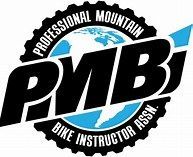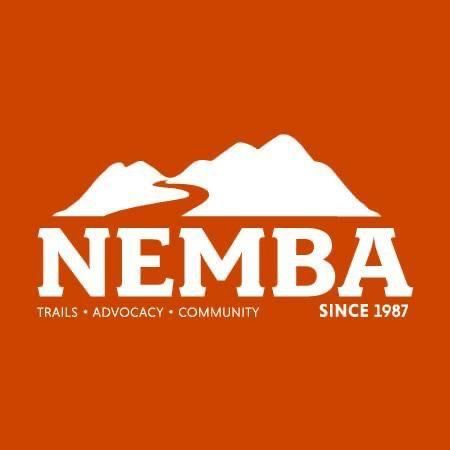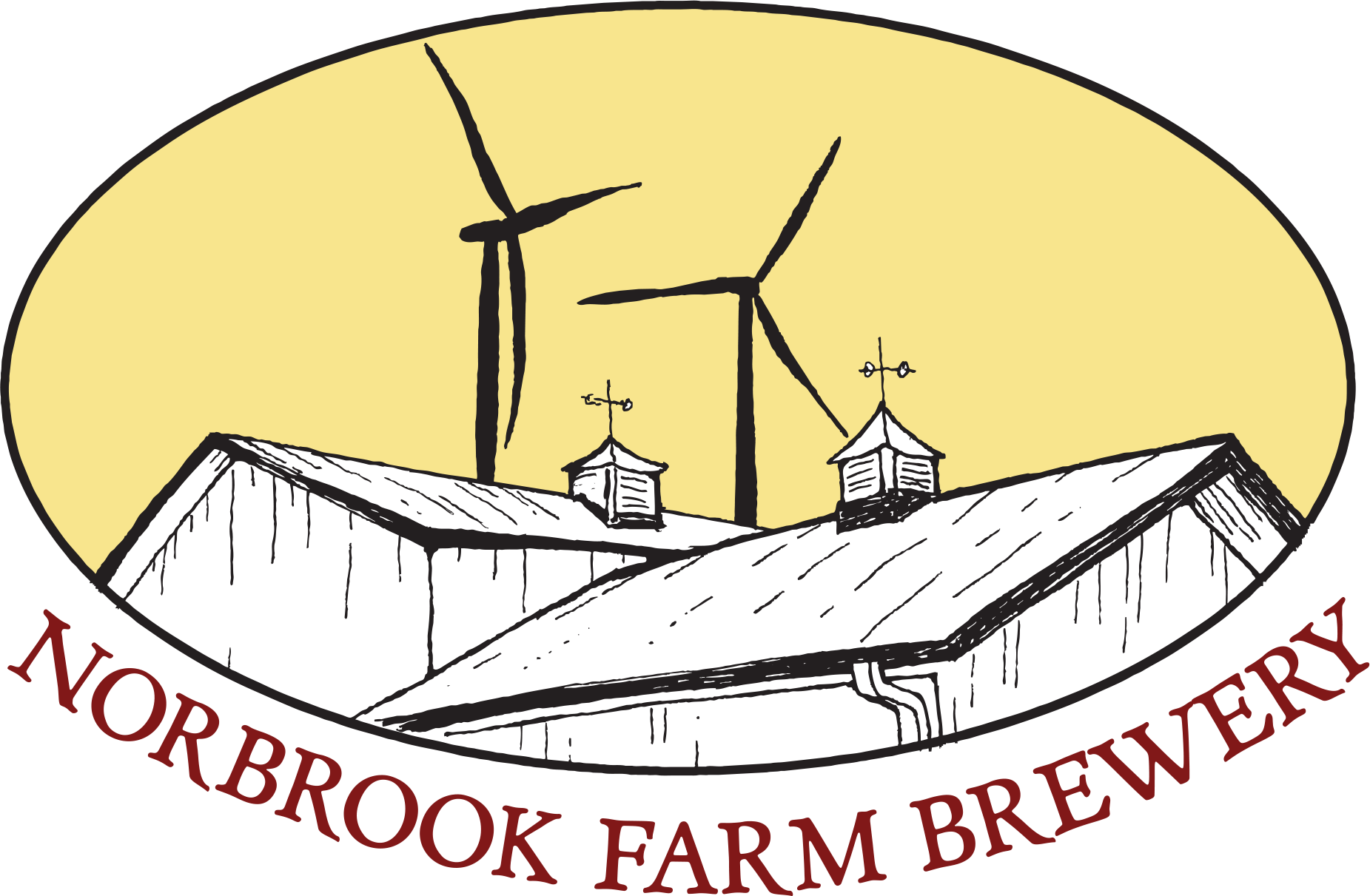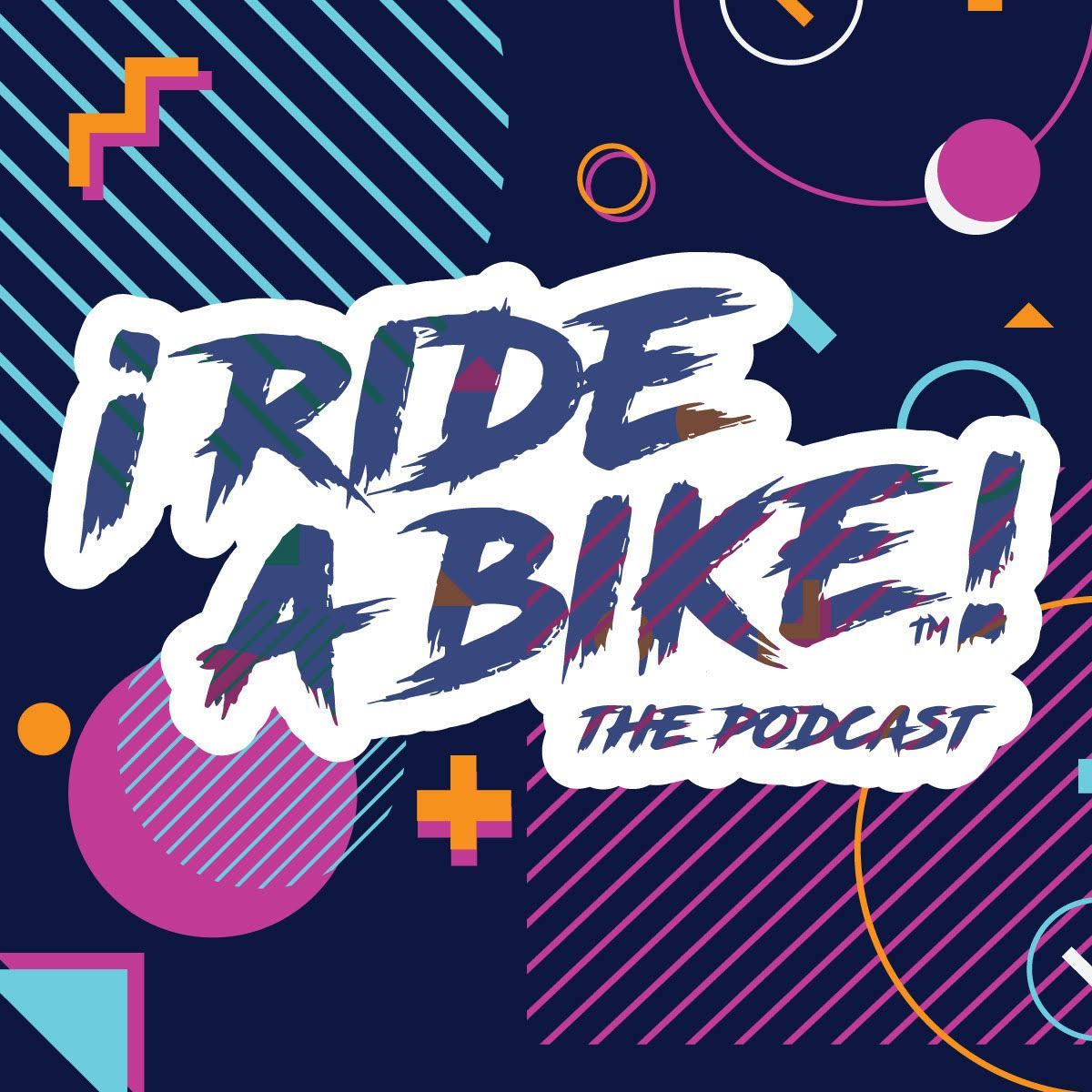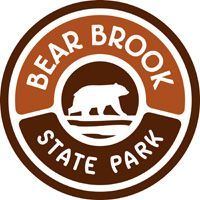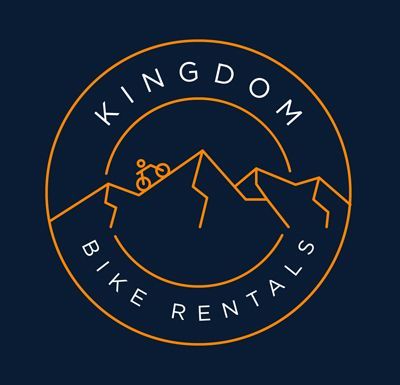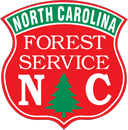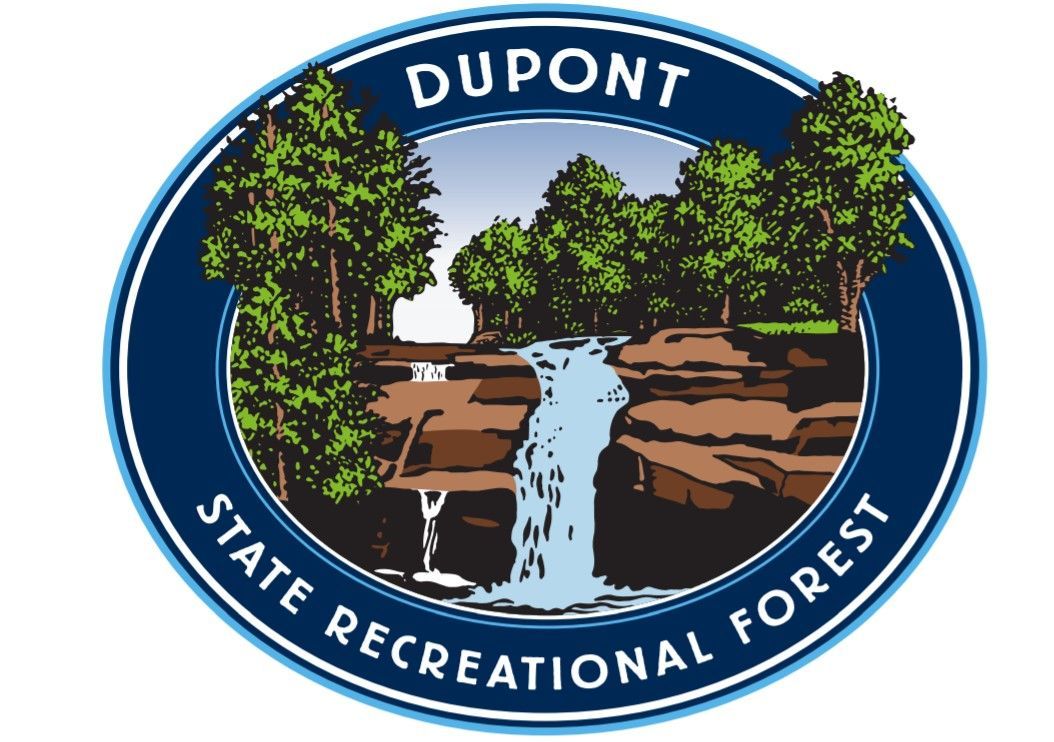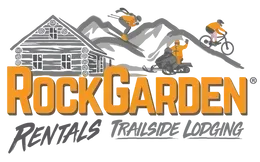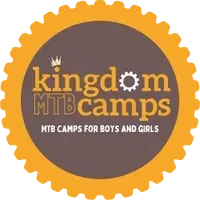Segundo Doesn't Ride A BIke
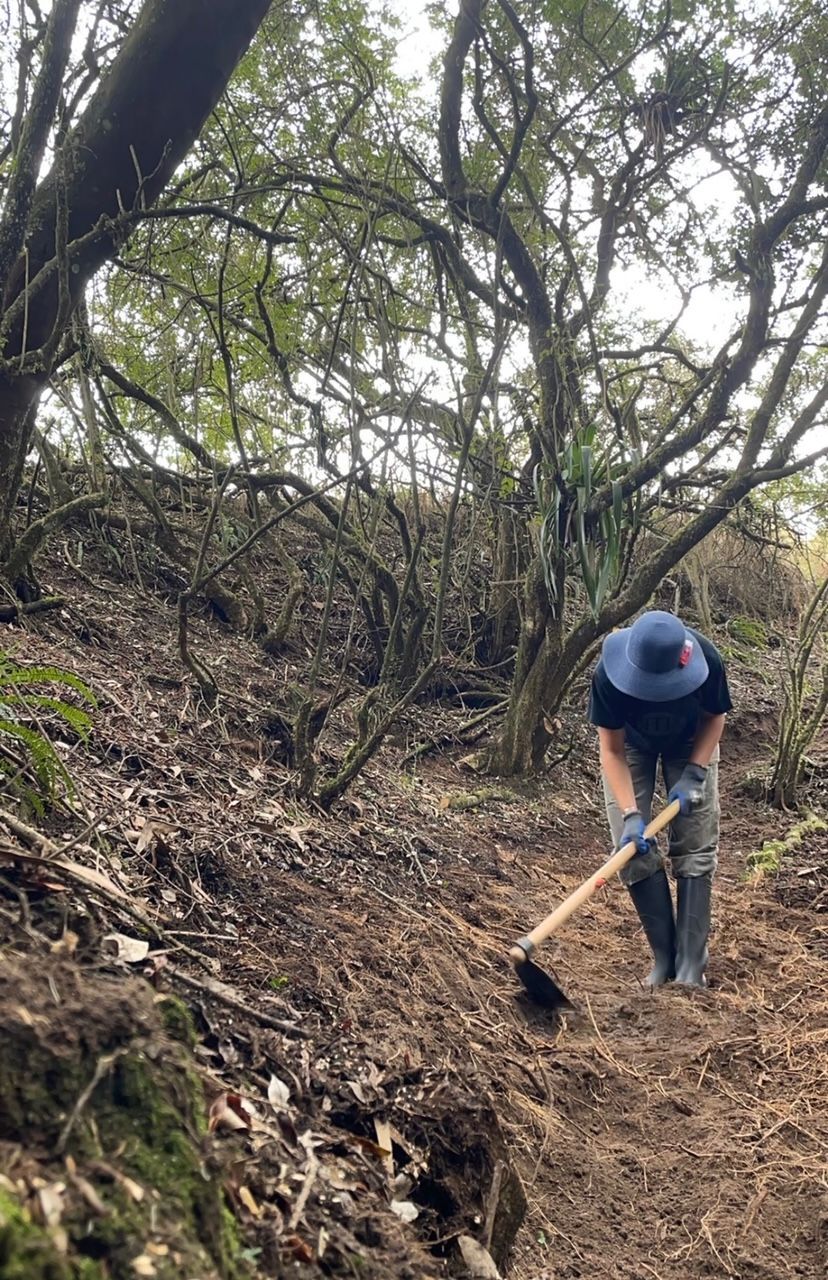
Somewhere near the middle of the world, there’s a mountain bike trail on a farm that would not
exist without Segundo. I spent the month of November building it on a farm meant for agrotourism
that’s owned by some distant relatives, with the help of some friends and of course, Segundo. The trail
is short, but the work was hard, due mostly to the hardy Andean grass we had to dig out miles of.
Andean grass, much like Andean people, is tough and strong with deep roots. To understand the grass, is
to understand the people I met here, and their connections to their culture. Ecuador was settled by the
Spanish starting in 1530. As in most other parts of the world, the European settlers, who fought with
guns and without mercy, were victorious against the indigenous people, at that time under a very large
and imposing Incan thumb. Nowadays, the most populous indigenous community in the Andes is the
Quechua (or Kichwa) people, who are comprised of many different groups with unique identities and
dialects of Kichwa, the connecting language. Even while the language was ripped from them by colonial
practices, much like the grass, they hold steadfast to their roots. Some Andean Indigenous Ecuadoreans
continue to wear their traditional clothing or variations of it, and are increasingly connected to
indigenous foods.
Segundo is an Ecuadorean through and through. He was the undeniable MVP of the trail building effort,
doing hard physical labor in collared shirts and wool slacks- which is curiously a typical professional style
of Indigenous Ecuadorean laborers. He was hired by the owner of the hacienda (my great uncle’s
brother in law) to help me complete the project after my friends left. In nine days of labor, he put more
effort into the trail than anyone else had in the previous three weeks, even working when I was busy or
injured (hoeing out Andean grass is hard on the wrists, while unfamiliar bacteria is hard on the fragile
American digestive tract). His sections of trail were also significantly smoother and better looking than
mine, to my surprise and delight. He didn’t understand the work at first, wondering why we were
making the trail and what else it could be used for. I told him it was only for pedal bikes, he shook his
head. I think he thought I was crazy. He certainly was not used to a white woman working alongside him
in physical labor. The thing that struck me as most ironic about this whole situation was that Segundo
had never ridden a bicycle.
The first time I asked him if he wanted to learn how to ride a bike, he just laughed at me. The second
time, he said no. He didn’t want to fall. As a day laborer, his job required him to be physically fit at all
times. It made sense to me, why he didn’t want to learn, but it also made me sad. With a little more
exploration, I found that none of the farm workers I met knew how to ride bikes. Most of their children
also had never known the joy, and were too timid to try. And now, they live within walking (and biking)
distance of a mountain bike trail. As a budding bike coach with a bleeding heart, I have an insatiable
hunger to teach everyone mountain biking fundamentals, especially folks who seem disadvantaged.
Segundo, however, was not interested. Neither was Kevin, another farmworker, who was eager to ride a
kicking bull after a few beers, but wouldn’t ride a bike for fear of falling. Six year old Santiago seemed
excited to learn until I showed up with a bike, at which point he hid from me.
On Saturdays (market day) in Pintag, I noticed that the streets were full of people on mountain bikes.
There’s also a shiny, brand-new looking bike shop in the center of town. It took me by surprise at first,
because I knew that most of the people who live in Pintag had probably never ridden one. After a little
observation and some friendly conversation, it was clear that these mountain bikers were very different
from the people living in and around Pintag. They were mostly from Quito, the nearby capital of
Ecuador, home to affluent areas such as Tumbaco and Cumbaya, and they were mostly people of
Spanish descent, not indigenous Ecuadoreans.
While European descendants have largely embraced their relatively new Ecuadorian cultural identities,
there’s still remnants of what can only be described as a caste system comparable to indentured
servitude. By this I mean only to say that the widespread trend, as far as I could tell, was that white
people owned things and made decisions, and brown people provided labor and carried out those
decisions. It is not very hard to see that the lines drawn centuries ago between settler and indigenous
person are still very much present. It is this narrow set of opportunities for indigenous people that stop
them from doing things the majority of Americans might consider simple joys; things like riding a bike.
Sure, the Ecuadorian cycling community is growing, and there are many little kids to be found using
bikes to get to and fro, but there are clear lines to who rides a bike and who does not.
I was in Ecuador for five weeks. I built a bike trail, I made some friends, and I learned a lot.
Unfortunately, I most certainly did not teach anyone how to ride a bike. I can’t stop thinking about the
Pintag town square filled with lycra-clad white Ecuadoreans and their expensive mountain bikes, as they
stopped in at the bakery for a little cafecito, while Segundo would never know the joy.
